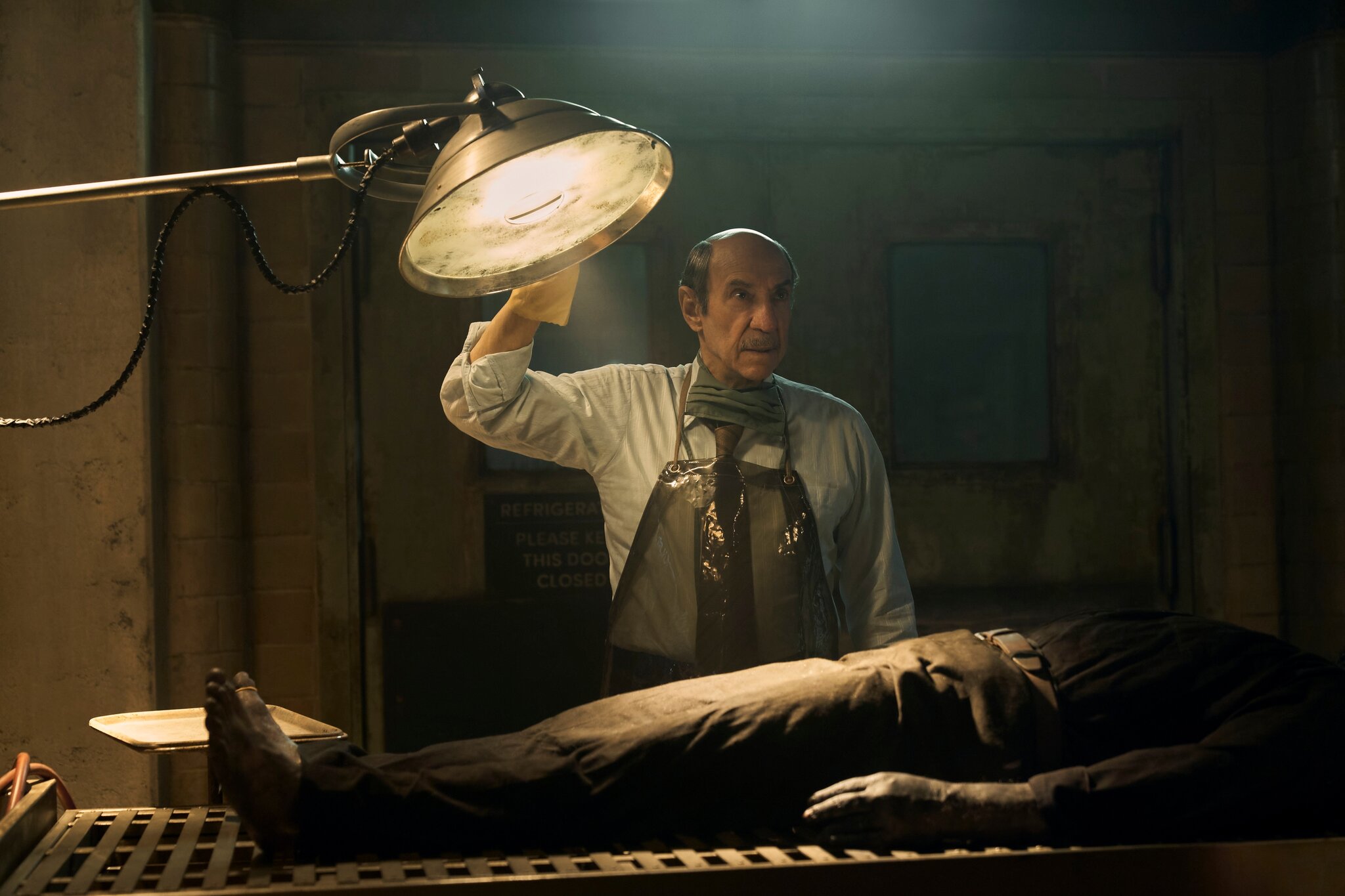We Ranked Every Single Guillermo del Toro’s ‘Cabinet of Curiosities’ Episode

Anthology horror has always been an intriguing format for television and film. It’s almost better sometimes to have self-contained episodes or seasons. Take American Horror Story for example and how successful it’s been as a series. Despite the connections between the seasons, the stories are relatively self-contained (discounting the crossovers, of course). The lack of connection ultimately works in Cabinet of Curiosities‘ favor.
Guillermo Del Toro has always delved into the obscure and therefore a horror series like Cabinet of Curiosities wasn’t out of the left field. His array of writers (he co-wrote the 1st episode) and directors for these episodes prove his intelligence regarding the genre. While some of these episodes are very flawed, the overall series is worth diving into. I’ve taken it upon myself to rank all of the episodes for you (maybe my ranking will make you reconsider yours).
“Lot 26” (Season 1, Episode 1)
I’m going to start off by saying this episode took a long time to get moving. Immediately the audience is forced to follow a right-wing character that’s incredibly xenophobic. And once we finally get to the monster, the episode is almost over. Guillermo Del Toro himself wrote the short story this episode is based on. Unfortunately, the “protagonist” earns a thousand eye rolls, the payoff is only so satisfying, and ultimately that makes it the weakest episode of the bunch.
“Dreams in the Witch House” (Season 1, Episode 6)
As much as I hoped to like this episode, I can’t say I fully did. Rupert Grint’s performance is good, and he captures how chaotic grief can be. Though his performance alone doesn’t save this episode at the end of the day. The direction becomes slightly aimless when the villains enter the picture. It becomes less about Walter (Rupert Grint)’s grief and more about dealing with witches and a rat with a human face. The whole thing is strange in a way that isn’t completely satisfying. Thus, landing it near the bottom of the well so to speak.
“The Outside” (Season 1, Episode 4)
Time and time again we’ve dealt with beauty standards in horror. As much as this episode unfolded in a way that wasn’t fully expected, it didn’t explore anything new. Stacey (Kate Micucci)’s character isn’t unbelievable, considering how our society has specific standards of beauty. And how some people (usually women) will literally spend thousands to look “beautiful” for other people. The episode is body horror, only somewhat toned down with an ending that’s (perfectly) uncomfortable.
“The Viewing” (Season 1, Episode 7)
Despite not being in my top 3 out of 8, it makes for an intriguing first watch. Watching horror that builds up to something batshit is almost always fun. And that’s precisely what this episode does. It’s very cosmic horror, explores the characters quite deeply, and then everything goes off the rails. This episode would work better as a film that’s more fleshed out in terms of the plot. Otherwise? It’s certainly not the most disappointing of all of them and the cast is talented.
“Graveyard Rats” (Season 1, Episode 2)
This potentially belongs lower on the list, but this time around it’s not dropping any lower. Who doesn’t love a strange and chaotic creature feature? Hard not to love an episode with a big ass rat and a skeleton that crawls after its treasure. Not to mention how unhinged Masson (David Hewlett) is for the entirety of the episode. In several ways, this episode is how the pursuit of riches doesn’t always lead to the right places. Masson loses in the end, and he has nobody to blame but himself. This fact, the creatures, the uneasy atmosphere, and the tone are what make the episode enjoyable.
“Pickman’s Model” (Season 1, Episode 5)
I’m no Lovecraft expert by any stretch of the imagination, but it makes sense that this episode was based on a Lovecraft story. It’s so unsettling and Ben Barnes once again acted his ass off. Crispin Glover’s performance was perfectly creepy, and whoever painted those disturbing paintings deserves a raise. As far as the story is concerned, it’s well constructed. Love him or hate him, Lovecraft knew how to capture strangeness in his work. This episode is incredibly disturbing, and that ending is something out of nightmares. It works and achieves what it’s meant to at the end of the day.
“The Murmuring” (Season 1, Episode 8)
Exploring grief in horror isn’t new and Jennifer Kent isn’t treading new ground (The Babadook focused on grief after all) as a creative. However, it’s a very authentic episode with characters that feel like real people. Essie James and Andrew Lincoln (primarily known for The Walking Dead) come across as a real couple who are suffering a loss. The horror isn’t your typical boring jump scares, it’s a haunting that’s incredibly tragic. And the performances from both James and Lincoln are worthy of many finger snaps.
“The Autopsy” (Season 1, Episode 3)
It’s hard nowadays to surprise horror fans that have consumed a lot of content. Sometimes we get what we’re expecting and that’s either disappointing or it’s not. I was surprised by this episode in the best ways. Immediately you expect traditional possession, zombies etc. So, when the reveal happens, it’s an absolute delight. The focus is mainly on a dying doctor and an alien parasite who is very intelligent. And anything to do with body horror is usually frightening because…obviously. Ultimately the episode is well-written, acted, and the effects are wonderful.
(featured image: Netflix)
Have a tip we should know? tips@themarysue.com